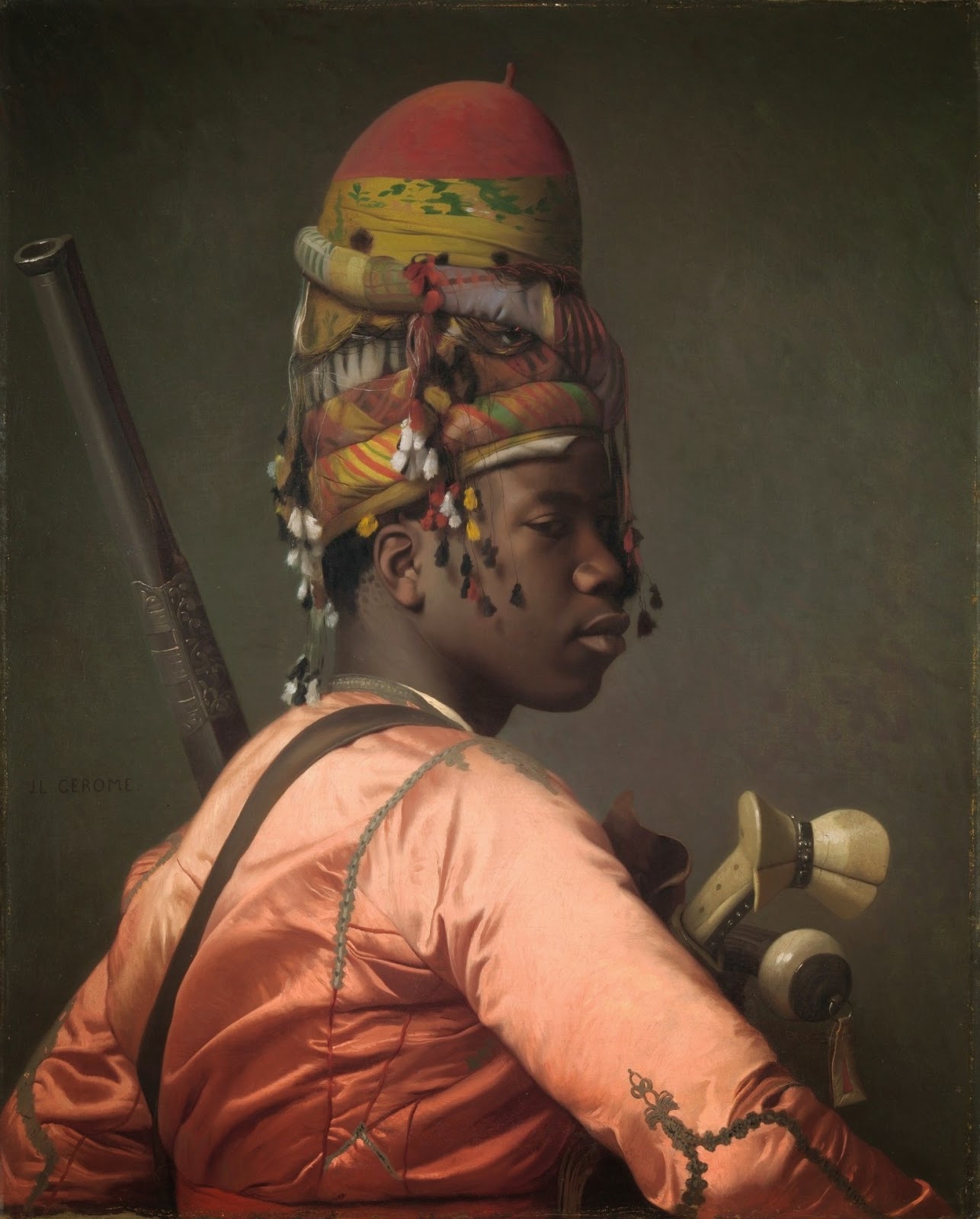Nicolas Tournier (baptised 12 July 1590 - d. before February 1639) was a French Baroque painter.
Born in Montbéliard, he followed the profession of his father, André Tournier, "a Protestant painter from Besançon".
Little is known of his life before his arrival in Rome, where he worked between 1619-1626, and where he was influenced by the work of Caravaggio. According to one early source, he was a pupil of Valentin de Boulogne.



.jpg)



.jpg)
